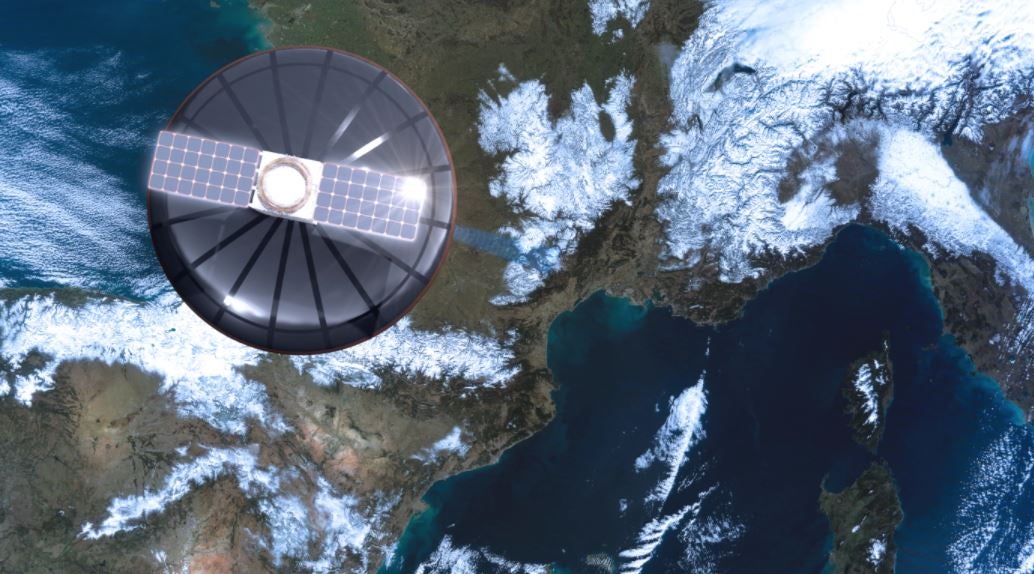
US-based meteorological intelligence company Tomorrow Companies (Tomorrow.io) has delivered the first precipitation radar payload for a high-tech weather satellite constellation.
The payload has been delivered to Astro Digital, after Tomorrow.io completed the assembling and testing of the precipitation radar. It was conducted under a previously awarded US Air Force (USAF) contract.
Astro Digital is responsible for performing the final integration of radar payload onto its Corvus-XL spacecraft, which was selected by Tomorrow.io.
Corvus-XL will host the first two satellites of the weather constellation.
The latest move comes after the USAF and Tomorrow.io conducted a critical design review of this radar earlier this year.
Launch of the first satellite is expected to take place by early next year, while the entire constellation of four satellites is slated to launch by 2025.

US Tariffs are shifting - will you react or anticipate?
Don’t let policy changes catch you off guard. Stay proactive with real-time data and expert analysis.
By GlobalDataIn December 2021, Tomorrow.io secured a $19.3m multi-year contract to provide global weather and ocean data to the USAF.
It was funded via USAF’s Commercial Weather Data Pilot Programme, covering the deployment of the company’s first four satellites.
Under this contract, Tomorrow.io will offer its operational satellite data-as-a-service to the US Department of Defense and other government agencies across the globe.
According to Tomorrow.io, this radar can provide detailed precipitation measurements, which cannot be observed by other sensors.
The company is also planning to launch 30 small satellites constellation, which will provide high-resolution coverage of three-dimensional precipitation globally.
Instead of a two-day to three-day revisiting rate offered by existing space-borne radars, the new capability, on average, will allow revisiting every point worldwide every hour.
Once in orbit, the constellation will support the Air Force Life Cycle Management Center’s mission to provide precise 24/7 global weather intelligence to the warfighters.


